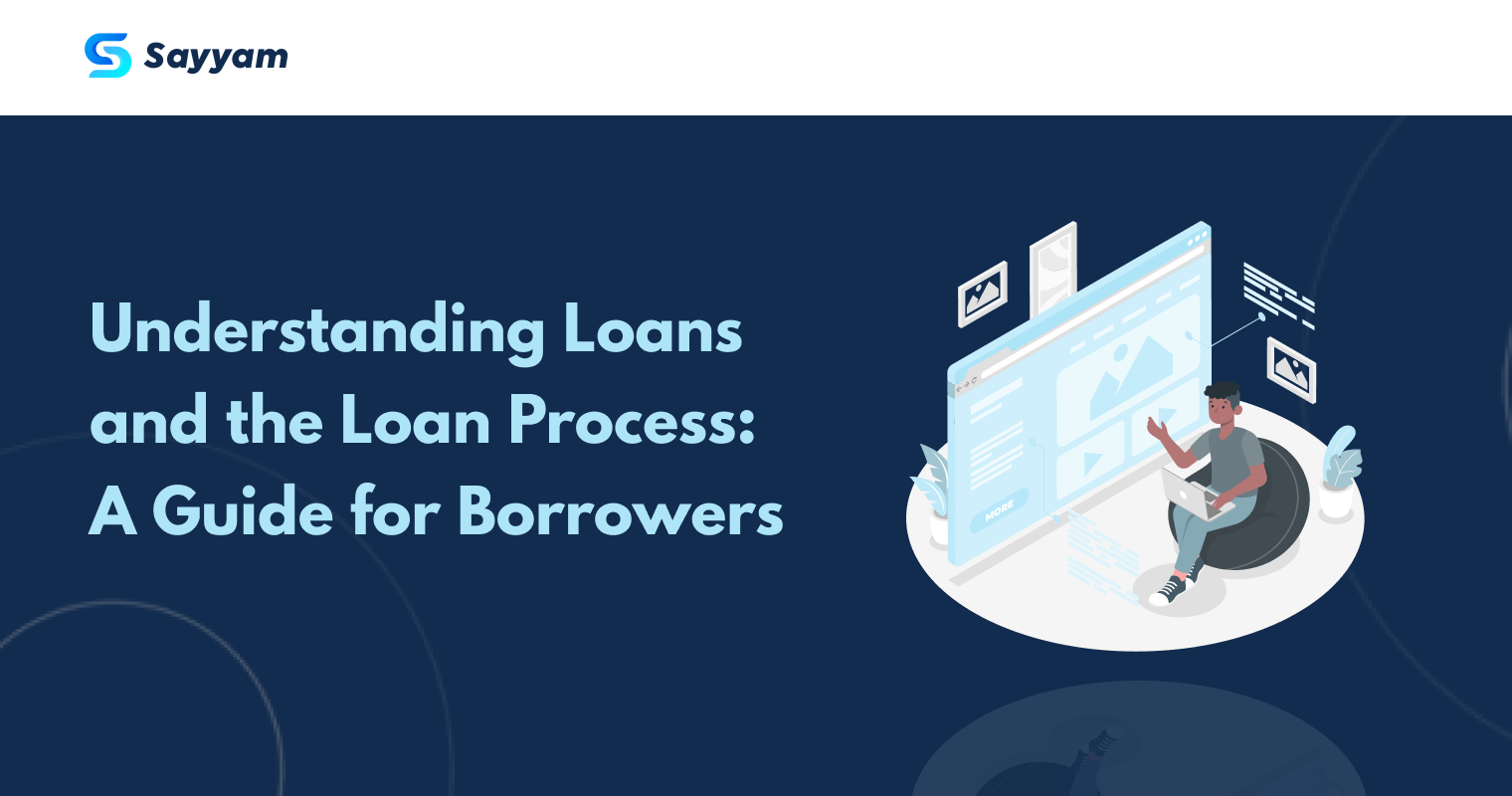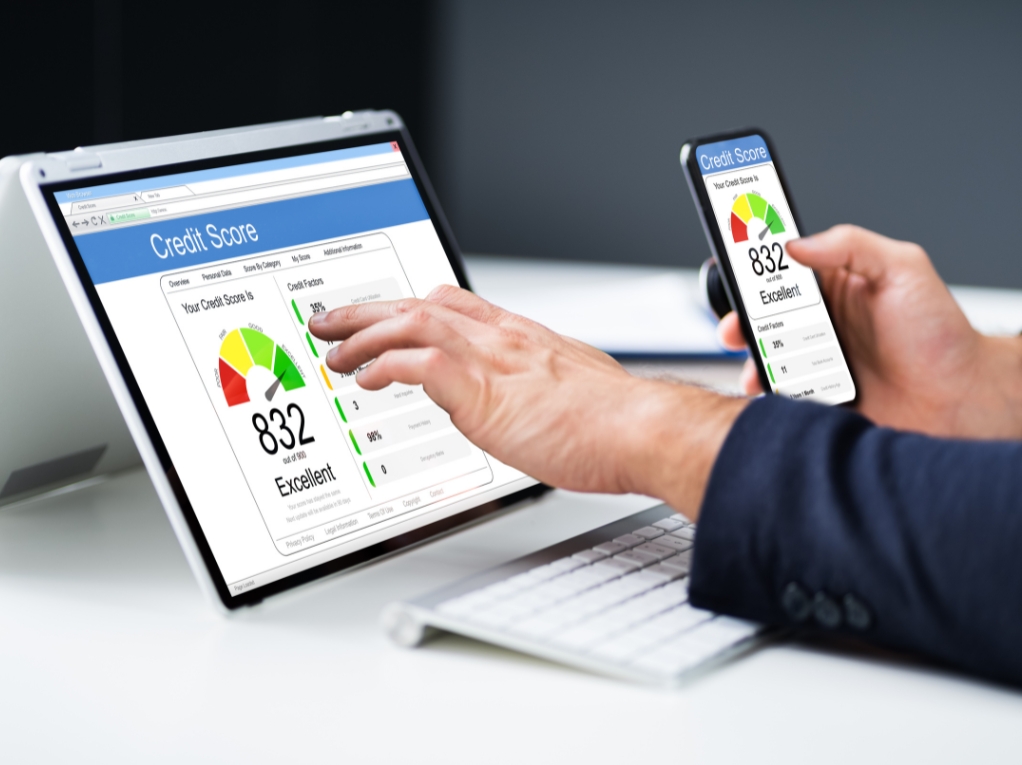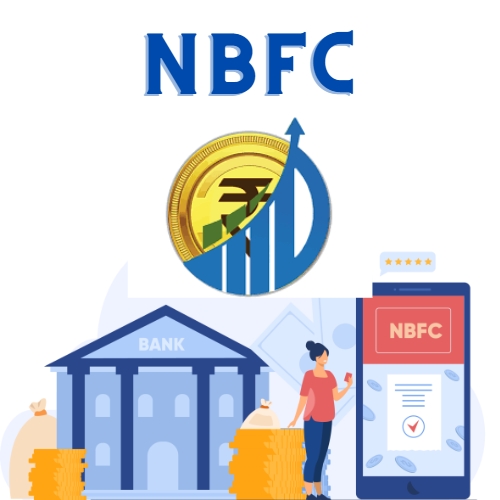
Understanding Loans and the Loan Process: A Guide for Borrowers
Loans have become an integral part of personal and business finance. Whether you're planning to buy a new car, finance your education, or grow your small business, understanding the loan process is essential for making informed financial decisions.
In this blog, we'll walk you through the key aspects of loans, including the loan process, components of a loan, interest rates, and what you need to consider before applying for a loan.
The Loan Process
The loan process refers to the steps involved in borrowing money from a lender. This includes applying for a loan, reviewing the terms of a loan, and receiving the funds. It’s important to understand that each stage can affect the total amount you pay back over time. Here’s a breakdown of what typically happens during the loan process:
1. Application:You submit a loan application to a lender, which could be a bank, a Non bank loan providers, or a private finance loan company.
2. Approval:The lender evaluates your financial situation, including your credit score, income, and debt-to-income ratio, to determine if you're eligible for the loan.
3. Loan Agreement:Once approved, you sign a loan agreement that outlines the terms of the loan.
4. Disbursement:After signing the agreement, the lender disburses the loan amount.
5. Repayment:You begin repaying the loan according to the agreed-upon terms, which typically include regular monthly payments.
Components of a Loan
Loans come with several components that determine how much you will pay over time. Understanding these elements is crucial in ensuring that you’re comfortable with the terms and the repayment schedule.
Principal
The principal is the initial amount of money you borrow from the lender. It’s the foundation of the loan and does not include any additional charges like interest or fees. For example, if you take out a loan of $10,000, the principal is $10,000.
Loan Term
The loan term refers to the length of time over which you agree to repay the loan. Loan terms can vary, from short-term loans with a repayment period of one year to long-term loans that may span several decades. The loan term directly affects your monthly payment and the total interest paid over the life of the loan.
Interest Rate
The interest rate on loans is the cost you pay for borrowing money, expressed as a percentage of the principal. The higher the interest rate, the more you will pay over time. This is why it’s crucial to compare interest rates across lenders, whether you’re dealing with a bank or a non banking finance corporation.
Loan Payments
Loan payments are the scheduled payments you make to the lender. Typically, these payments include both principal and interest. Depending on the loan terms, your monthly payments might remain fixed or change over time. It's important to budget for these payments, as failure to pay on time can result in penalties or damage to your credit score.
Relationship Between Interest Rates and Loans
Interest rates are one of the most significant factors when considering a loan. The interest rate affects how much you'll pay over the loan term. If you have a higher interest rate, your loan repayment amount will be higher. Conversely, a lower interest rate typically results in lower payments.
When planning to apply for loans, it’s important to shop around and consider how different interest rates will affect your finances. Some loans, like mortgages or car loans, may come with fixed interest rates, meaning your payments will remain the same throughout the term. Others, such as personal loans, may come with variable rates, which can fluctuate over time.
Things to Consider Before Applying for a Loan
Before applying for a loan, there are several important factors to evaluate. Taking the time to assess your financial situation can help you avoid unnecessary debt and ensure that you can comfortably meet your loan payments.
Credit Score and Credit History
Your credit score is a key factor in the loan approval process. It reflects your history of borrowing and repaying debts. A good credit score can help you secure better loan terms and lower interest rates. If you have a poor credit history, you may face higher rates or difficulty securing a loan from traditional banks or money lending institutions.
Income
Your income is an important consideration when applying for a loan. Lenders want to ensure that you can afford to make regular loan payments. Having a steady source of income will increase your chances of approval and may help you negotiate better terms.
Monthly Obligations
Before taking on more debt, assess your existing monthly obligations. Calculate how much of your income is already committed to bills, rent, or other loans. This will give you a clearer picture of what you can afford and prevent you from becoming overwhelmed by debt.
Types of Loans
There are various types of loans available, depending on your needs and financial situation. Some of the most common types of loans include:
• Personal Loans: These loans are typically unsecured, meaning you don't need to provide collateral. Personal loans are often used for things like medical expenses, consolidating debt, or funding a vacation.
• Mortgages: Mortgages are loans used to purchase a home or property. These loans tend to have lower interest rates and longer repayment terms.
• Auto Loans: Auto loans are used to finance the purchase of a vehicle. The loan term typically matches the life of the vehicle.
• Student Loans: These loans are specifically for funding education-related expenses. They often have flexible repayment terms and lower interest rates.
Conclusion
Understanding the loan process and the key components of a loan is essential for making informed borrowing decisions. Whether you’re borrowing from a bank or a non bank loan provider, it’s important to understand the terms of a loan, including the interest rate on loans and repayment schedule. By planning ahead, considering your financial situation, and comparing options, you can make a sound decision that aligns with your goals.
FAQ





